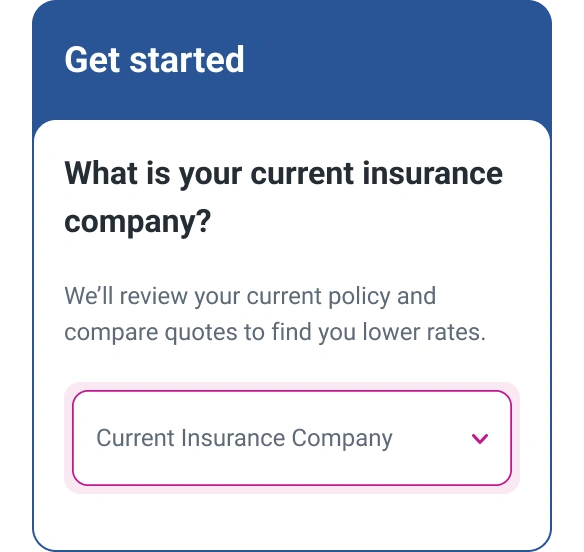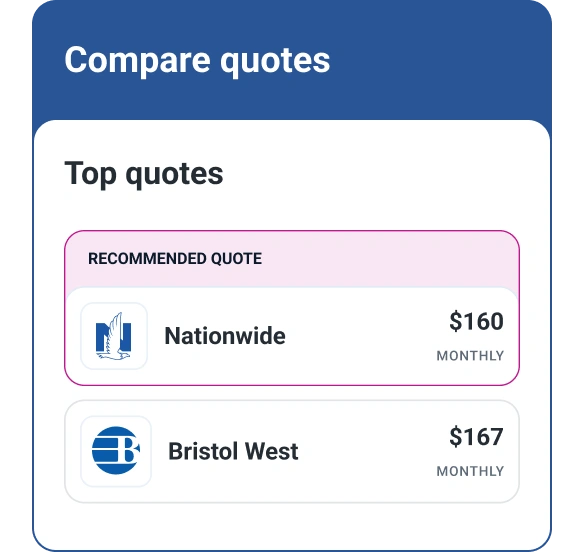What Is SR-22 Insurance?
Quick Answer
An SR-22 is a form that proves that you have car insurance. You may be legally required to file an SR-22 form for violating certain laws, primarily driving-related.

An SR-22 is a form which verifies that you have sufficient auto insurance coverage to meet your state's minimum requirements. You may need to file one if you violate certain laws, and having one can make coverage more expensive and difficult to obtain.
Here's what you need to know about SR-22s, including how the process works, when you need to file one and how it can impact your car insurance options and rates.
What Is an SR-22?
An SR-22 is a court-ordered form you'll need to file with your state to indicate that you have enough insurance coverage to meet your state's minimum requirements. Depending on where you live, an SR-22 may also be referred to as a certificate of financial responsibility or an SR-22 bond.
There are three types of SR-22 forms, and your situation will dictate which one you'll need:
- Owner certificate: Covers you when driving the vehicle you own
- Operator certificate: Covers you when driving a vehicle you don't own; also known as a non-owners certificate
- Owner-operator certificate: Covers you when driving any vehicle
That said, not all states require an SR-22 for high-risk drivers. Read on to learn more about state requirements.
Do I Need an SR-22?
You only need to file an SR-22 if you've been ordered to by a court for violating certain laws. Examples include:
- Driving without sufficient insurance coverage
- Driving without a license
- Conviction for driving under the influence (DUI) or driving while intoxicated (DWI)
- Excessive violations or at-fault accidents
- Repeated violations within a short period of time
- Reckless driving
- Not paying court-ordered child support
If you've had your license suspended or revoked, your state's department of motor vehicles (DMV) may issue a hardship or restricted license for certain needs, such as driving to work or school. However, an SR-22 is typically a stipulation for getting one.
FR-44 vs. SR-22
An FR-44 is similar to an SR-22, but it's only required in Florida and Virginia. What's more, an FR-44 form is typically only used for more serious offenses, such as a DUI with a high blood alcohol level or repeated offenses.
Also, while an SR-22 stipulates that the driver must maintain the state's minimum liability coverage amounts, an FR-44 often requires the driver to purchase much more than the minimum requirement.
In Virginia, for instance, the standard minimum liability coverage is $30,000 per person and $60,000 per accident for bodily injury liability coverage, plus $40,000 of property damage liability coverage. With an FR-44, however, the minimum is $60,000/$120,000/$40,000.
How Much Does an SR-22 Cost?
Filing and maintaining insurance with an SR-22 can be costly, both in terms of filing fees and higher insurance rates.
Each time you renew your policy, you'll need to file a new SR-22. While the filing fee can vary by state, it's typically $25. If you're required to file an SR-22 for three years, then you may be required to pay $25 between three and six times, depending on how long your policy periods last.
Because an SR-22 indicates that you're a high-risk driver, you can also expect insurance providers to charge higher premiums—both for the certificate and for the incident that caused you to need the form. Exactly how much your rates will go up will depend on several factors, such as where you live, your driving record, your claims history and the violation itself.
Learn more: Why Did My Car Insurance Go Up?
How Long Is an SR-22 Required?
In most states, an SR-22 will be in effect for three years from the date of the offense. However, some states may have longer or shorter requirements, so check with your local DMV to get details for your situation.
SR22/FR44 Insurance Requirements by State
How to Get SR-22 Insurance
Depending on your situation, getting coverage with an SR-22 can be challenging because some insurers don't offer coverage to drivers with one due to the added risk. That said, here are some steps you can take to get the coverage you need while minimizing your costs:
- Check with your current insurer. If you already have an insurance policy, contact your insurer and ask if it offers SR-22 form filing. If so, you can provide the letter mandating an SR-22 and discuss your coverage options, then the insurer will handle the filing.
- Shop around. If you don't have insurance coverage, your insurance provider dropped you or you simply want to see if you can get a better deal elsewhere, take some time to obtain quotes from multiple insurers to compare your options. Be sure to share your situation upfront, so you can make apples-to-apples comparisons. With Experian's free auto insurance comparison tool, you can compare SR-22 quotes from multiple carriers in one place.
- Provide the order. Once you choose an insurance provider, you may need to share a copy of the letter or mandate you received from the DMV requiring an SR-22.
- Follow up with the DMV. Once you purchase a policy, the insurer will file the SR-22 form with your state's DMV. Contact the DMV to confirm that the filing was completed.
Frequently Asked Questions
The Bottom Line
An SR-22 is just one of many consequences for risky driving, but in many cases, it's among the most expensive. While it's best to avoid the infractions that could result in an SR-22 in the first place, there are still things you can do to save money on SR-22 insurance if that ship has already sailed.
Whatever you do, it's crucial that you follow the court order promptly and maintain sufficient coverage for the duration of your SR-22 period.
Don’t overpay for auto insurance
If you’re looking for ways to cut back on monthly costs, it could be a good idea to see if you can save on your auto insurance.
Find savingsAbout the author
Ben Luthi has worked in financial planning, banking and auto finance, and writes about all aspects of money. His work has appeared in Time, Success, USA Today, Credit Karma, NerdWallet, Wirecutter and more.
Read more from Ben

